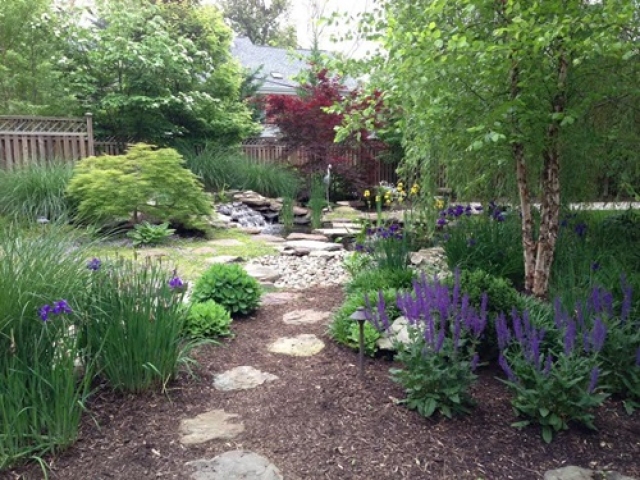A garden designer will start with sight. People should describe a garden as easy to the eyes. There should be contrasts in textures and multiple colors. If you want to see butterflies, the garden designer knows which plants will attract the fluttering creatures. Lighting should be subtle to enhance certain plants or images in both daylight and nightlight.
Touch is a sense not often thought of in gardens, but garden designers want you to experience the difference in touch between a plant with fuzzy leaves and a plant with smooth leaves, and the feel of the smooth rock and the rough, weathered rock.
Sound in the garden will come from the birds or the plant leaves. The garden designer will add plants that might attract hummingbirds, or that will grow high enough for the wind to rustle the leaves.
Smell seems an obvious part of a garden. The key is to have plants with complimenting scents, not competing scents. Knowing the scent of plants, a garden designer will place some plants close together and some plants further apart so as you come near the garden your sense of smell is intrigued.
Taste seems to be the sense least thought of in most gardens. Gardens can include plants such as mint, or edible flowers that will intrigue the sense of taste.
Wondering how to intrigue your five senses with a garden?

